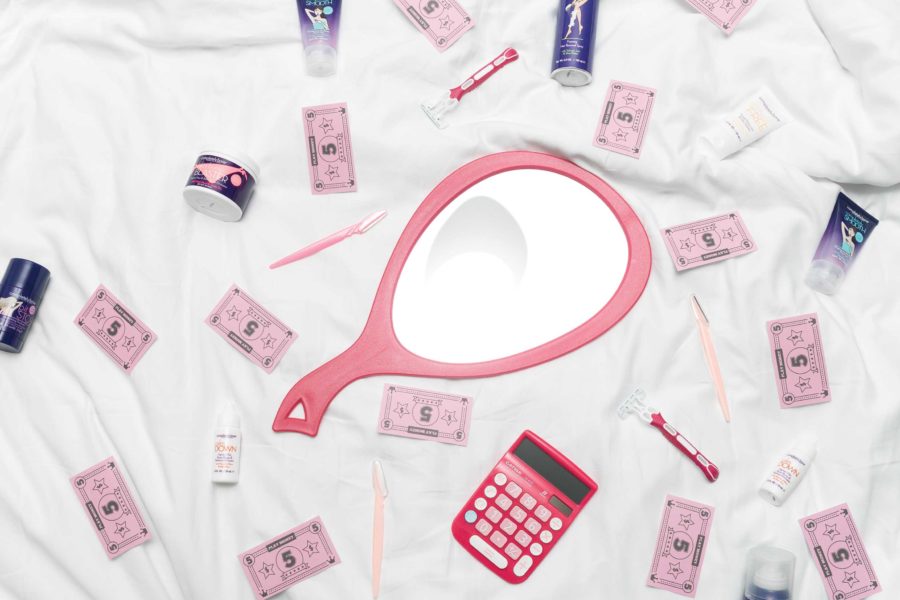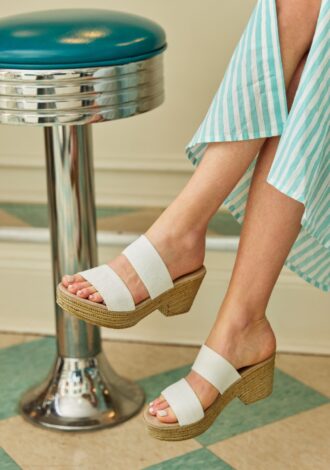If you haven’t yet found the motivation to take control of your finances, just think of the unjust gender inequalities that can occur if you’re not paying close enough attention. We all know about the gender pay gap, but the so-called “pink tax” is disproportionately hurting women’s wallets, too.
Here’s the deal: The pink tax is an extra amount of money that consumers pay for goods and services marketed toward women, compared to the same items marketed toward men. For example, pink-colored razors can be more costly than blue-colored ones; women’s clothes can carry a bigger price tag than similar styles of men’s clothes; and even girl toys can be more expensive than toy products for boys.
And, although there are no similar corresponding items for men for obvious reasons, women can spend thousands of dollars over a lifetime on menstrual products (which can also be subject to luxury taxes), as well as significant dollars on bras, beauty services and reproductive health.
Bottom line: It’s more expensive to be a woman.
Financial advisor Phoebe Story sees the repercussions on not only her own budget, but her clients, too. “My clothes are more expensive than my husband’s and my hair upkeep costs more,” she says. “We do have to keep this in mind when budgeting. It’s a sad reality.”
Tangible retail products and services aren’t the only factors costing women more money.
“We live, on average, about five years longer than men,” says Sandra Gilpatrick, a wealth consultant focused on the unique financial needs of women in Boston. “That means we’re going to need healthcare and retirement funds for longer and [we need to] plan ahead for that expense.”
Ironically, there is one financial silver lining for women: Because women statistically live longer than men, Story says life insurance policies can actually cost less for women.
Our Choices Cost Us
As American women, not only do we have to fight for our right to choose whether we want to get an abortion or use medical birth control methods such as the pill or IUD, but your health coverage of these things can vary from company to company.
Societal standards on women to always look feminine, young and fit is another burden on our wallets.
A 2017 poll study conducted by Groupon asked 2,000 Americans how much they spend on their appearance and found that women surveyed spent an average of $3,756 a year, or $313 a month on things like facials, haircuts, makeup and manicures.
Male respondents reported spending 22 percent less than women on appearance, with an average of $2,928 a year, or $244 a month on things like gym memberships, facial moisturizers, supplements and shaving products.
And if you delve into the amount some women spend on cosmetic surgeries, including breast augmentation, liposuction and rhinoplasty, yearly aesthetic expenses go up even more.
What Can We Do About It?
So, is there anything that can be done to level the playing field for women in terms of everyday expenses, societal pressures and overall financial health?
To start, Gilpatrick says, be a shrewd consumer. “Don’t get wrapped up in the marketing and labeling of female products like razors and other personal care products.”
Instead, look at the ingredients: Are they the same for both the “male” product and the “female” one? Get the cheaper one.
Story advises women to set aside a specific budget for personal care, which includes hair appointments, nail appointments, feminine products and personal care. “These costs are more consistent than you think and most people forget to budget for them,” she says.
At the end of the day, you are in control of where you put your hard-earned dollars. Gilpatrick says, “A budget should be a reflection of your life’s priorities. Make sure your expenses fit with what’s most important to you.”
Whether it be a cosmetic procedure, weekly manicure appointments, or monthly investments to an ETF, take stock of your financial priorities on a regular basis and evaluate whether you’re spending money on something you truly want or need.
5 Ways To Avoid The Pink Tax



 5 min read
5 min read


